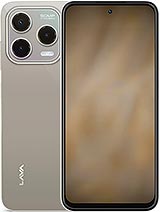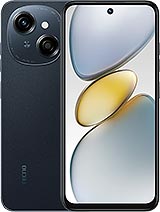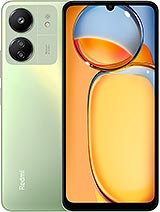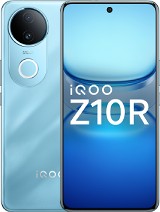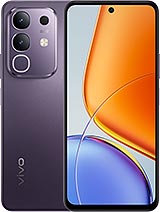Lava Yuva 4 4G alternatives
Tap above to see alternatives.
Redmi Note 14 SE alternatives
Tap above to see alternatives.
Lava Yuva 4 4G

Lava Yuva 4 4G
-
Unisoc T606
12 nm
-
5000 mAh
10W
-
6.56"
720 x 1612 pixels
-
50 MP
1080p@30fps
- Specs
Redmi Note 14 SE
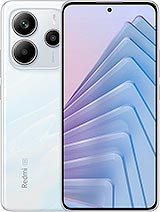
Redmi Note 14 SE
-
Dimensity 7025
6 nm
-
5110 mAh
45W
-
6.67"
1080 x 2400 pixels
-
50 MP
1080p@30fps
- Specs
2x1.6 GHz Cortex-A75
6x1.6 GHz Cortex-A55
2x2.5 GHz Cortex-A78
6x2.0 GHz Cortex-A55
4GB 128GB (UFS 2.2)
(wide), AF
VGA
Auxiliary lens
f/1.5, 26mm (wide), 1/1.95", 0.8µm, PDAF, OIS
8 MP
f/2.2, 21mm (ultrawide), 1/2.8"
2 MP
f/2.4, (macro)
f/2.2, (wide), 1/4.0", 0.7µm
SIM1: Nano, SIM2: Nano
SIM1: Nano, SIM2: Nano (Hybrid)
7 5G bands
n1, n3, n5, n8, n28, n40, n78
In this performance comparison, the Redmi Note 14 SE with its Mediatek Dimensity 7025 (6nm) performs better than the Lava Yuva 4 4G with the Unisoc Unisoc T606 (12nm), thanks to superior chipset efficiency.
Lava Yuva 4 4G offers 1 years of OS updates, while Redmi Note 14 SE does not have confirmed OS update information. Lava Yuva 4 4G receives 2 years of security updates, while Redmi Note 14 SE does not have confirmed security update information.
Redmi Note 14 SE features a superior AMOLED display, while Lava Yuva 4 4G comes with an LCD panel. In terms of smoothness, Redmi Note 14 SE offers a higher 120 Hz refresh rate, ensuring fluid scrolling and animations. Both devices deliver the same brightness level at nits. Notably, Redmi Note 14 SE offers a higher screen resolution, resulting in sharper visuals and more detailed content.
Redmi Note 14 SE features a larger 5110 mAh battery, potentially delivering better battery life. Redmi Note 14 SE also supports faster wired charging at 45W, compared to 10W on Lava Yuva 4 4G.
Redmi Note 14 SE includes an IP64 rating, while Lava Yuva 4 4G lacks an official IP rating.
¹ Scores can vary even with the same chipset due to RAM, thermals, and software optimization.

